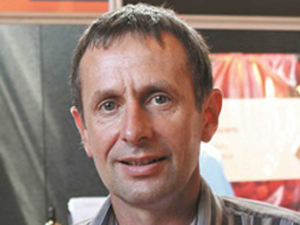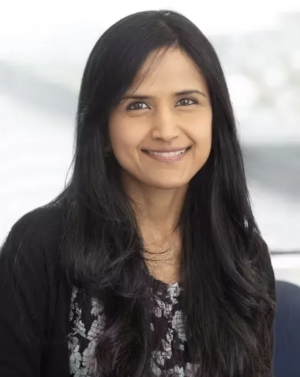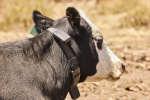World Health Day brings an opportunity to reflect on the unique challenges rural communities face in accessing healthcare, infrastructure, and services essential to their overall wellness.
Dr Garry Nixon, head of rural section of the Department of General Practice and Rural Health at Otago University and doctor in Central Otago, says access to health services is a significant challenge rural communities are up against.
“Distance is a barrier and rural people don’t get the same access to specialist care. Providing good and accessible healthcare in rural areas means doing things differently to the way they are done in town – not simply providing scaled down versions of urban healthcare.”
Another major issue impacting the health and wellness of rural communities is the severe shortage of doctors and other health professionals in rural areas.
Nixon says that to resolve this, training needs to be centered in rural regions.
“The international evidence tells us that if we want health professionals to work in rural areas, we need to train them there.
“This needs a targeted central government initiative to work with the universities to create a rural clinical school or equivalent solution.”
He adds that improving access to services and health outcomes for rural Māori is an important priority.
“Rural Māori have poorer health outcomes than both urban Māori and rural non-Māori.”
To determine the extent of urban-rural health inequities in New Zealand, Nixon and his research tea have developed a ‘Geographic Classification for Health’ (GCH). The tool classifies residential addresses as either urban or rural from a health perspective, and in turn, will better inform policy regarding rural health.
“The GCH will provide more accurate measures of the health of rural New Zealanders.
“We are already starting to see this in the data. For example, the GCH is demonstrating higher mortality rates for a number of conditions in rural areas, something that is not evident using older and generic urban-rural classifications.”



















